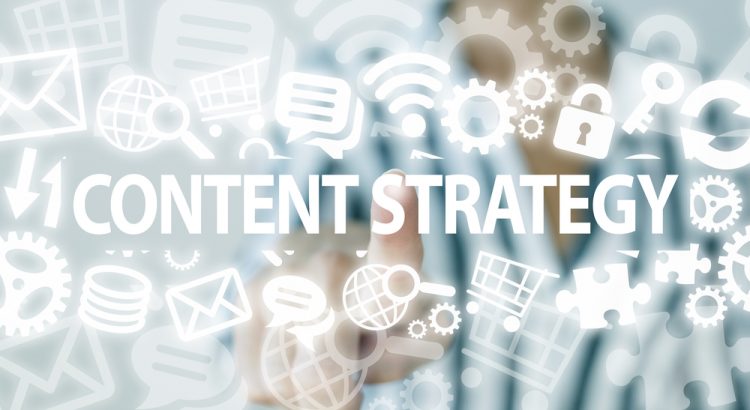Planning your content marketing strategy not only involves knowing what your target audience want but also how you are going to deliver the content in a way they will understand. What language are you going to use, what themes you need to explore, and the type of content you need to produce. All of these are important if your marketing is to succeed.
How do you turn readers into buyers?
Therefore, you have a target audience that is already captive and are interested in your blog. Now you want to sell other things to them, such as online training and advice and deliver a customized spreadsheet for them to use with the help of a professional. Since you have readers already, and a few are buying at your store, there are still many questions you may ask about how to get return visitors, how to keep their interaction with your content, how to be the go-to guy in your niche, and how to make them subscribers to your training as well as your product.
Personalize your general content at each level
There are two ways that this can be achieved. With two separate consumers, in different phases of your product and training, you need to personalize the content for each phase, to make it easily understandable and more attractive to each. This is where the sales funnel comes into play, and your content is designed to allow anyone at any level into the funnel, to the area they are looking for.
Sales funnel stages must be understood
There are three phases to the sales funnel design.
- Consciousness or Top Funnel is where the user understands they have an issue and starts to look for ideas on how to solve it.
- Consideration, or Medium Funnel, is where the user has already understood the issue and can define their needs more clearly to look for solution options.
- Decision, or Fund Funnel, is where the user has already decided on the solution they will use and is looking for somewhere to purchase it.
With this in mind, you need to understand what stage your reader is at, what they are looking for, and how to get their attention to look closer at your product.
Plan content that meets their needs
The second stage, once you have an insight into your potential customer’s needs, is to plan your content to meet that need. Moreover, now that you know what they are looking for and what their focus will be, you can start to select the best content type to attain your goal, for each stage of the purchase journey of your customers. With the wealth of information available on content, a basic content matrix can help you discover what type of content fits into which type of niche. In addition, using a matrix at every level of your funnel means you can tailor the content to meet the needs of customers in different levels.
Content needs to grab their attention
The deeper into the sales funnel your customers go, the more defined is the content that you are giving them. For example, at the top of the funnel, your content is more general, with articles on the topic, celebrity endorsements, photos, quizzes and polls, and other illustrations. In the middle, where the customer already has an idea of what they are looking for, you can use more defined content in the form of Animation videos, product videos, Twitter and chat applications, blogs and eBooks, trend reports, and comparison tables. This gives the customer more defined choices to make up their mind on buying.
Decision area content must be defined
In the lower part of the funnel, where the customer has already made the decision to buy, you need to make sure your individual products that are ideal for their needs are attractive to them as the best they can get for that price range. This area needs to include case study reports, assessments of the product, calculators and price tables, and customer feedback, which is most important. Customer feedback is a good way to get a customer to recognize that your product is the best, and the majority of people will buy based on the recommendation of a previous, happy customer.
The deeper the customer goes in their shopping journey, the more defined, and rational the content they are reading is. Moreover, the solutions provided gets more relevant to their problem. Once you can evolve your content marketing, you can look at other ways and content types that can maintain customer frequency and consistency.
Related articles published in Content Marketing News :

